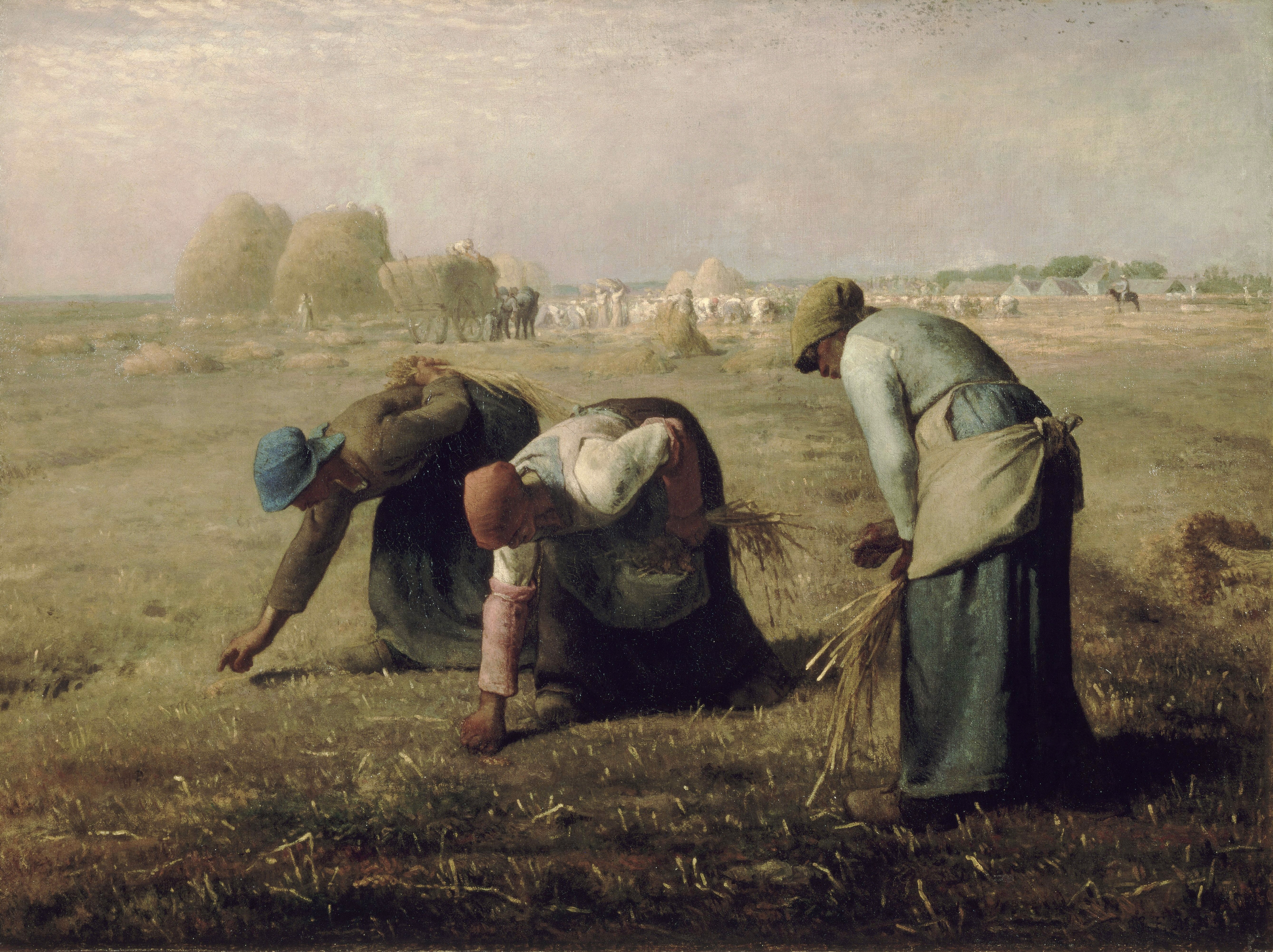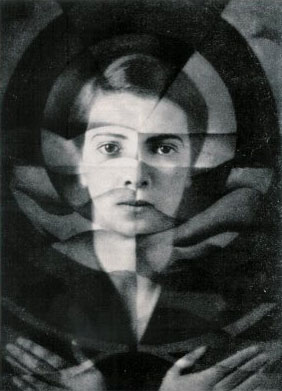| You I, acrylic wall text. Installation view in HISK final show HISK Laureates 2014 final show, 21.11 - 15.12.2014, Ghent, Belgium |
Hi all, today I thought I'd share one of my favourite artists with you - Marge Monko.
Monko is a contemporary artist from Estonia who's work deals with anything from feminism to labour issues to the changes in Estonian society brought about by the dissolution of the Soviet Union.
To elaborate, Monko's work mainly deals with the changes from communism to capitalism in Estonian society and the subject of women’s work and its compensation, alongside issues of labour – both labour as such and labour in connection to class, nationality and gender. Using those ideas, she also focuses on the history of the textiles industry and its working conditions which serve as a base for discussions on the previously mentioned topics. In the exhibition catalogue for Monko’s exhibition, How to Wear Red, Rainer Fuchs describes Monko as an artist who serves as a critical interpreter of contrary ideologies and social systems, who highlights the discontinuities between the collective approach to life and work in the communist past and the careerist individualism of present-day neoliberalism, while also looking at their causal and sometimes fatal interconnections.
Fuchs also says that “a basic conviction of [her] work is that current situations and conflicts can be better understood and even anticipated in light of their historical origins […] This applies both to the artist’s depiction of post-communist developments in Eastern Europe and to her interest in contemporary situations and their historical roots in other geopolitical contexts.” Which, in Layman's terms, means that she intertwines current issues with historical events in her artwork.
You can really see this a video piece of hers called Forum. Forum is a video artwork where the Monko has restaged an Estonian national television programme called Forum, in which Estonian politicians debated a new employment contract law. The video is in two parts - in the first the hired amateur actresses who used to be employees of Kreenholm factory (a textile factory based in Narva, Estonia, now bankrupt) took on the roles of he politicians. In the second, they talked about their own experiences with finding employment. In the words of Fuchs, "because they both restage an already historical case study in neoliberal logic and also speak about their own concrete situation today, these women actualize historical consequences, or the interference between history and present life, as a political continuum."
This aforementioned intertwining of past and present is also prevalent in her work Bluestockings, Redstockings, No Stockings (2012/14).
| Calze e Collants, 2012/14, plexiglass, approx. 112 x 74 cm |
| Bluestockings, Redstockings, No Stockings, Installation view from the exhibition Telling Tales, Kumu Art Museum |
One of my favourite works by Monko is Nora's Sisters (2009). In this video work, she has used pictures found in the archive of Kreenholm factory in combination with a play by Elfriede Jelinek called What Happened when Nora Left her Husband, or The Pillars of Society. The play is inspired by Henrik Ibsen's play A Doll's House and it picks up where Ibsen left off - when Nora left her husband and children. What Happened when Nora Left her Husband mainly talks about the issues of gender politics in a capitalist society.
| Nora's Sisters, 2009 |
What accompanies the pictures is scene fifteen, in which Nora warns the workers of a textile factory of its imminent closure. There is a parallel with Kreenholm, which went bankrupt in 2010, although the play takes place forty years earlier. The contrast between the aesthetic optimism of the propaganda present in the photographs and the closure of factories in post-industrial Europe results in an allegorization of the predicament of women's emancipation in relation to the restructuring of industry under capitalism.
Monko states the relationship between Nora's Sisters and Forum in an interview with Rael Artel:
The relationship between the video 'Nora's Sisters' and the bourgeois woman is very direct. Nora, the protagonist of Jelinek's play, who in turn is inspired by Ibsen's heroine bearing the same name, deserts her bourgeois home - a "doll's house" - and begins working in a factory. In the video 'Forum', this woman is sitting at the table and discussing not only her own situation but the general problems linked to the politics of employment.
Furthermore, on the topic of women in the workforce, Monko makes the case of the Western economy idealising extreme flexibility - how people are expected to be ready to change their place of employment and their position. This contradicts the ideas of femininity that are put in place by the patriarchy, as women are expected to have a family. Monko poses a very interesting question of how can this constant mobility relating to employment be associated with raising children, which requires stability and a sense of security; additionally making a point that women are more vulnerable when it comes to work, because "one cannot be flexible when one has children."
Studies of Bourgeoisie, a series of photographs executed around 2004-2006, is one of my favourite pieces of work by her. On her website, she describes this series of photographs as "inspired by 19th-century studies on hysteria of which the most well known are the photographs taken in the hospital of Salpêtrière in Paris and case histories written by Sigmund Freud. The series consists of two parts – of interior views of rooms associated with hysteria like Sigmund Freud Museum in Vienna as well as the Hospital of Salpêtrière, and of staged photos linked to treatments of hysteria, for instance, Charcot's douche and hypnosis."
Monko writes that the roots of hysteria lied in the taboos of bourgeoisie society. A big majority of patiens who were diagnosed with hysteria were female, which she says is not surprising due to the narrowly defined gender roles of the time.
She also makes a good argument of the visual representation of the "hysteric female", saying that the Surrealists adapted the imagery, ignoring the human suffering and considering them to be supreme manifestations of the unconscious. The images that were once used in medicine were now taken up by the avant-garde. Today, Monko states, we see the images of convulsive and mysterious female appearing in high-fashion advertisements - a convention that is very much relying on Surrealist legacy.
| Exhibition view. Finnish Museum of Photography, 2007 |
| Tableaux III |
| Bourgeoisie |
| Vienna, Freud Museum I |
| Paris, Library of Charcot I |
| Douche Charcot I |
| Attitudes, slide projection of 80 slides. Exhibition view |
Overall, when looking at Monko’s oeuvre in general, one can conclude that it has been subjected to the enduring legacy of conceptual art, mainly the sub-genre of feminist art. It has borrowed elements of feminism and institutional critique which add to its potency of being a politically significant artwork which is relevant in society today as it may have been forty years ago.
To see more of her artwork, check out her website here: http://www.margemonko.com/
Sources to be added at a later date!
Thank you for reading!
~
Sources and further reading:
To see more of her artwork, check out her website here: http://www.margemonko.com/
Sources to be added at a later date!
Thank you for reading!
~
Sources and further reading:
How to Wear Red. Exhibition catalogue by Rainer Fuchs et al., Cologne: Buchhandlung Walther König, 2013
Robbinson, H. (ed.) Feminism-Art-Theory: An Anthology 1968-2000, Massachusetts: Blackwell Publishers, 2001
Molesworth, H., ‘House Work and Art Work,’ October, Vol. 92, No. 1, Spring 2000, pp. 71-97
Dimitrakaki, A., Skelton, P., Tralla, M. (eds.) Private Views: Spaces and Gender in Contemporary Art from Britian to Estonia, London: Women’s Art Library, 2000
Heartney, E., Posner, H., Princenthal, N., Scott, S. (eds.) The Reckoning: Women Artists of the New Millenium, London: Prestel, 2013
Economy Exhibition catalogue entry for Marge Monko’s video, Shaken Not Stirred (2012) [Online], http://economyexhibition.stills.org/artists/marge-monko/ [6 January 2015]
Manifesta 9 catalogue entry for Marge Monko [Online], http://catalog.manifesta9.org/en/monko-marge/ [6 January 2015]
Kim Charnley, “Feminism and Conceptual Art,” lecture at University of Plymouth, 22 October 2014
NOTE: this post is a rewrite of an essay.












.jpg)
_-_Portrait_de_Mademoiselle_Elizabeth_Gardner_(1879).jpg)











